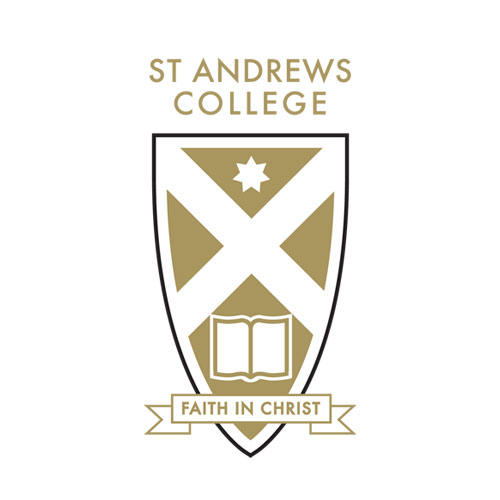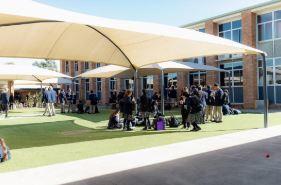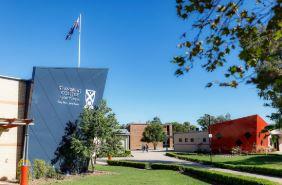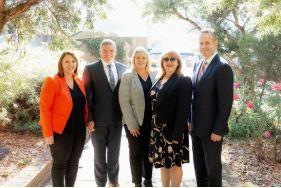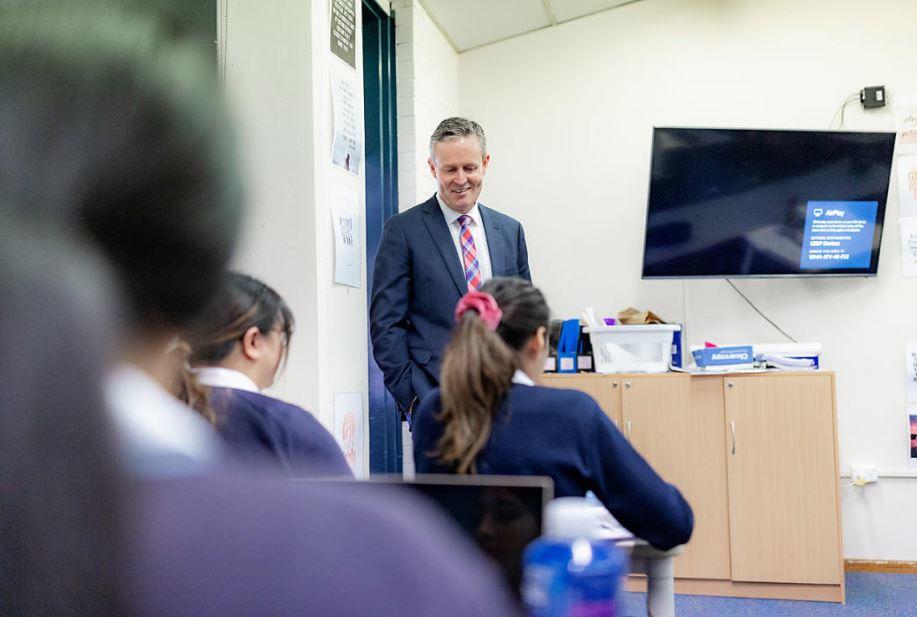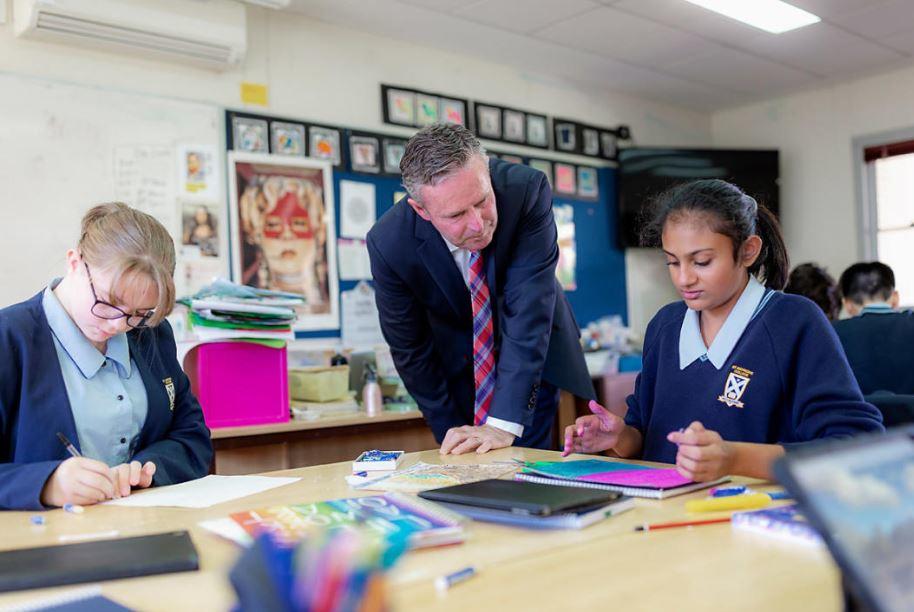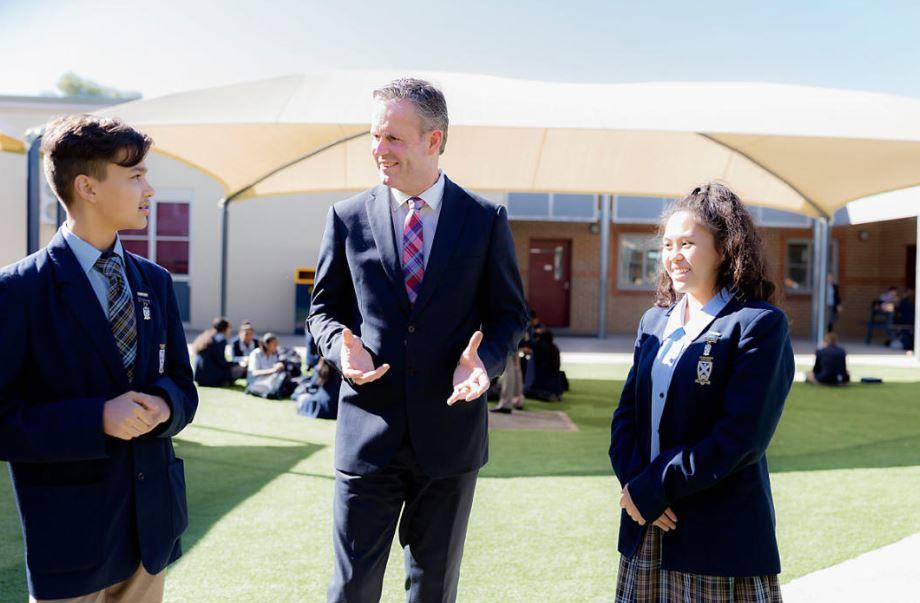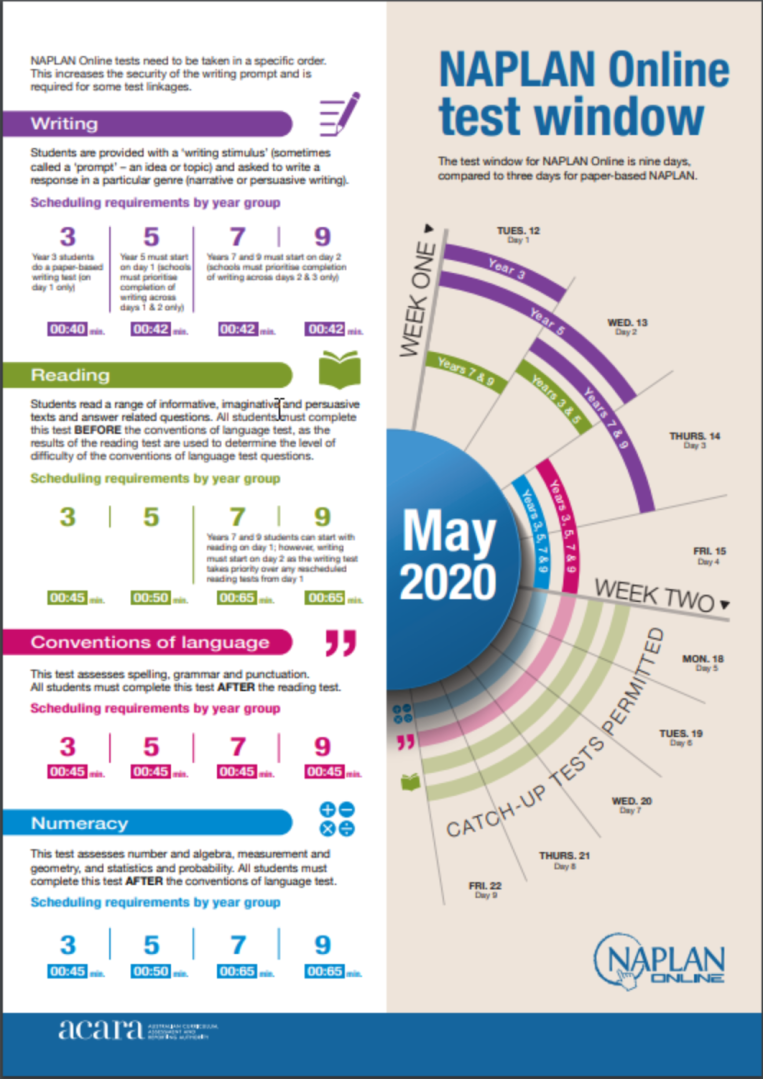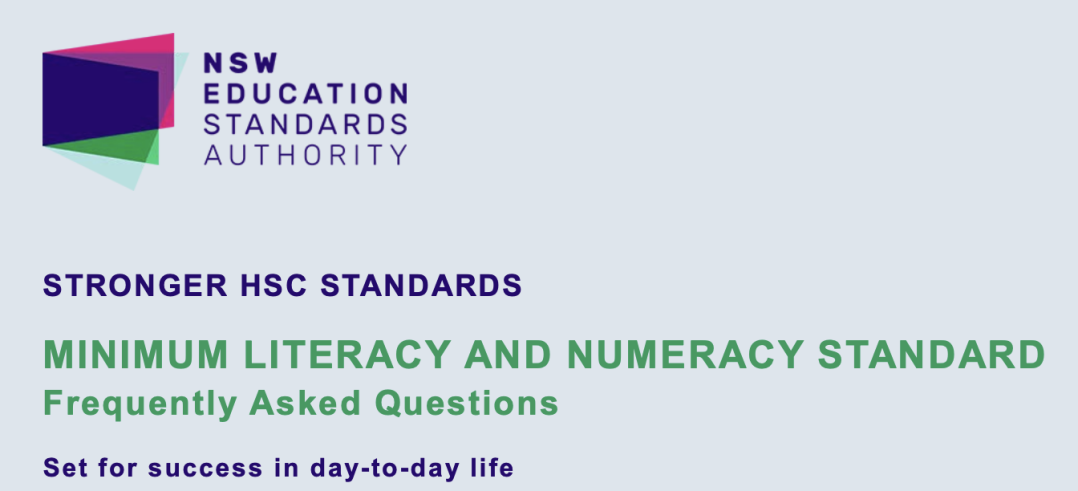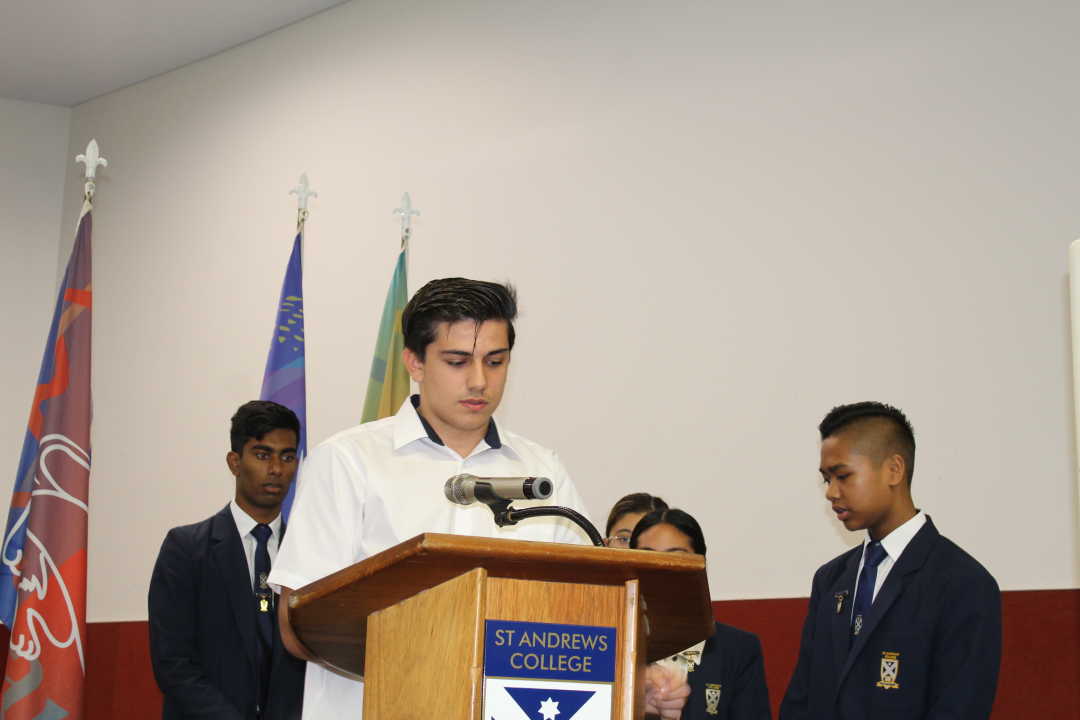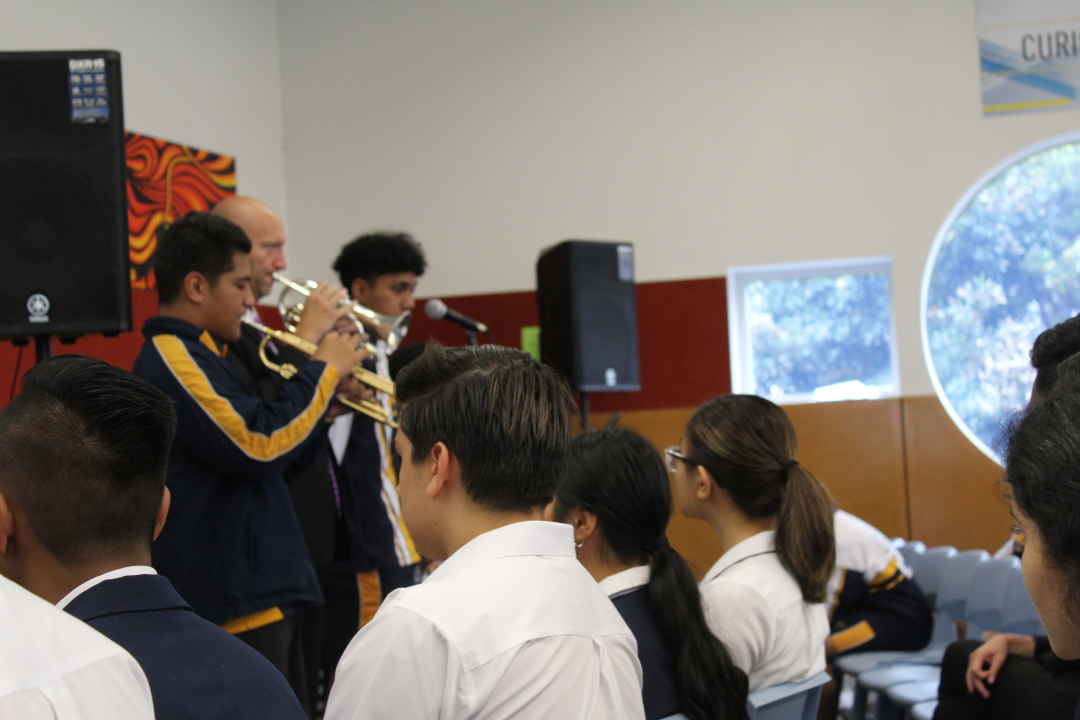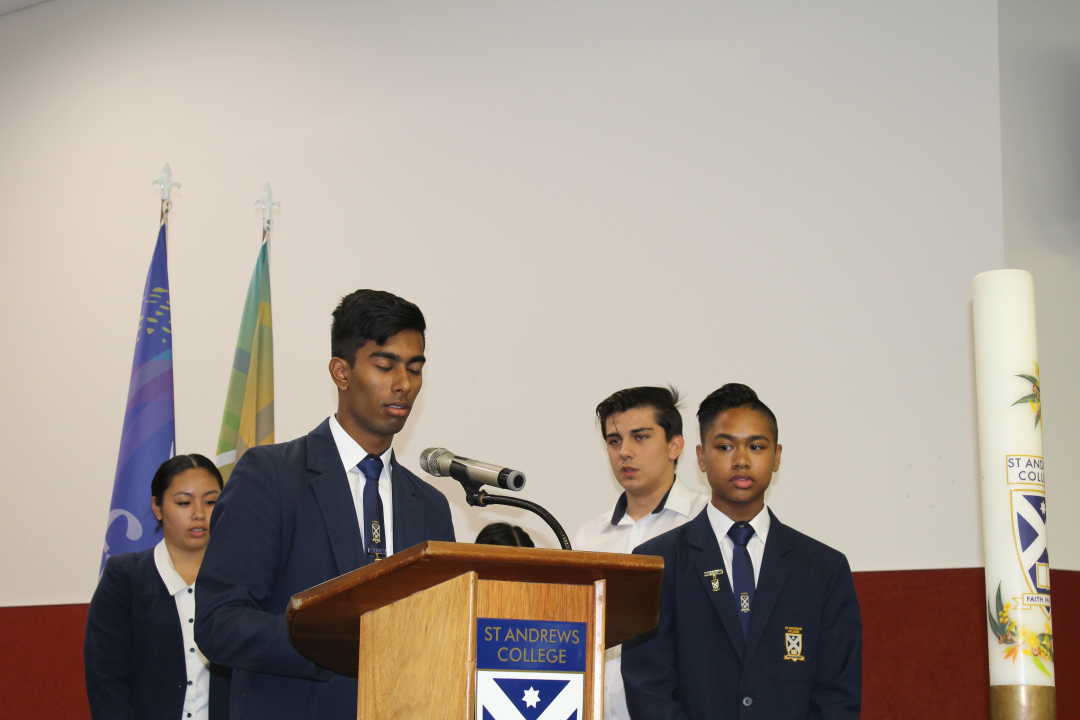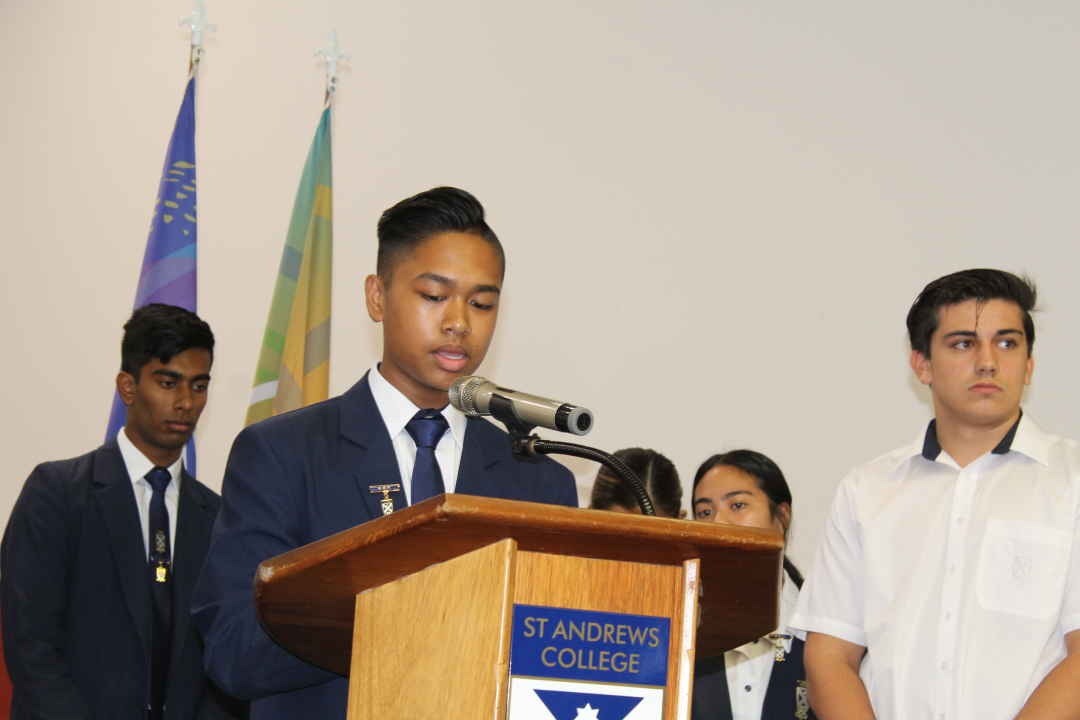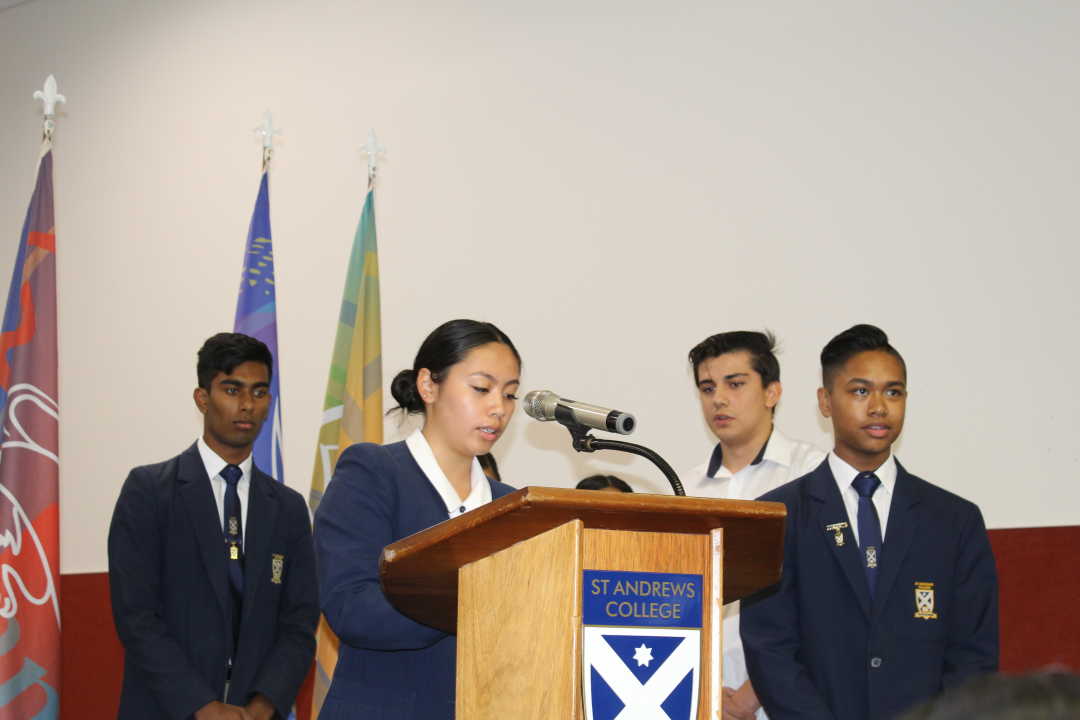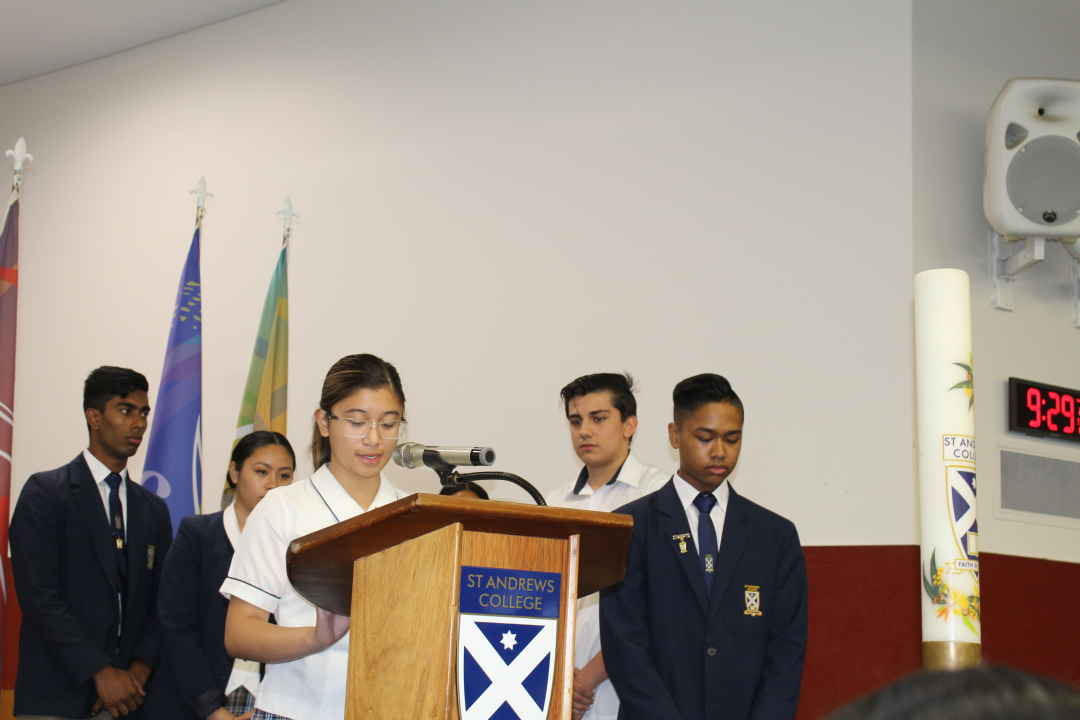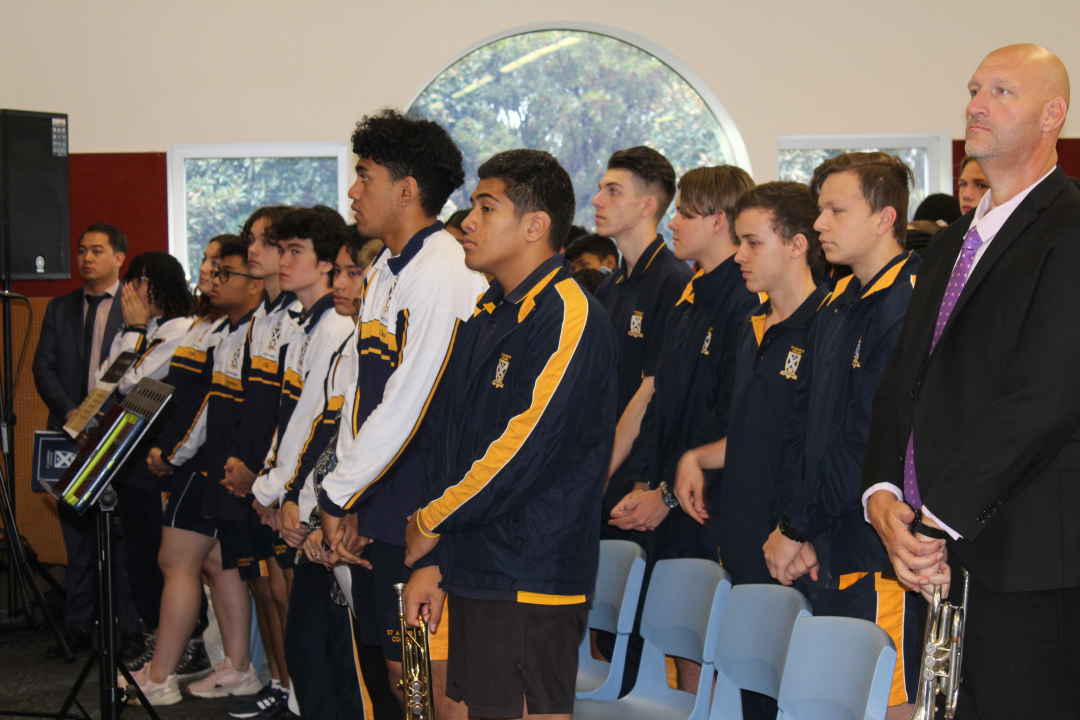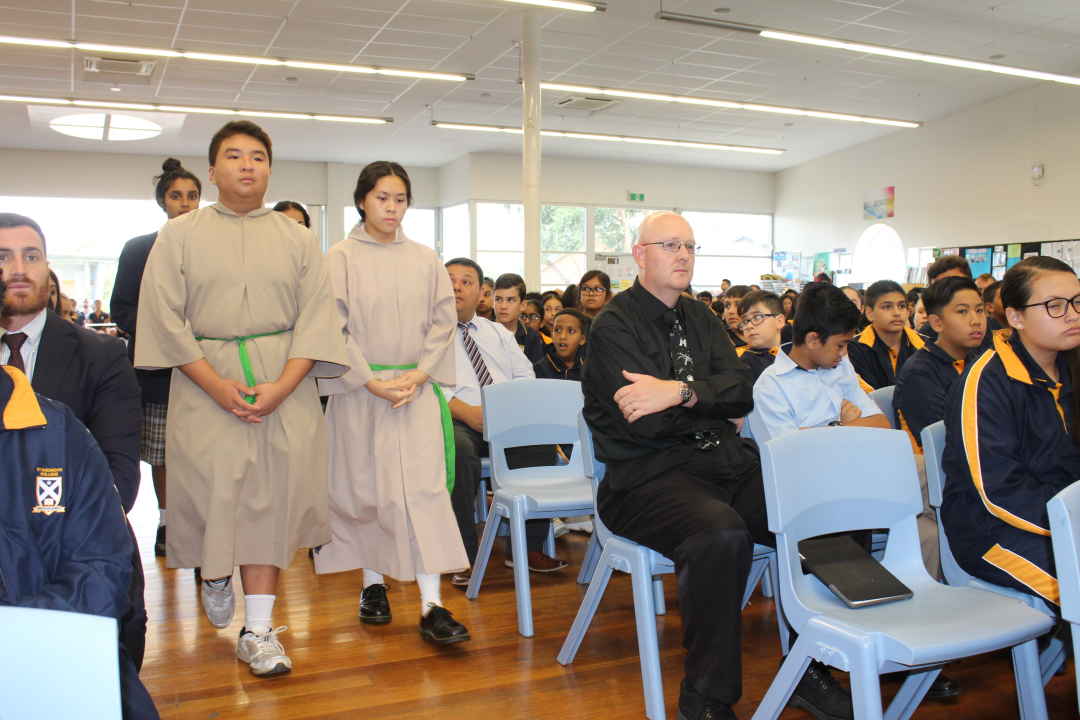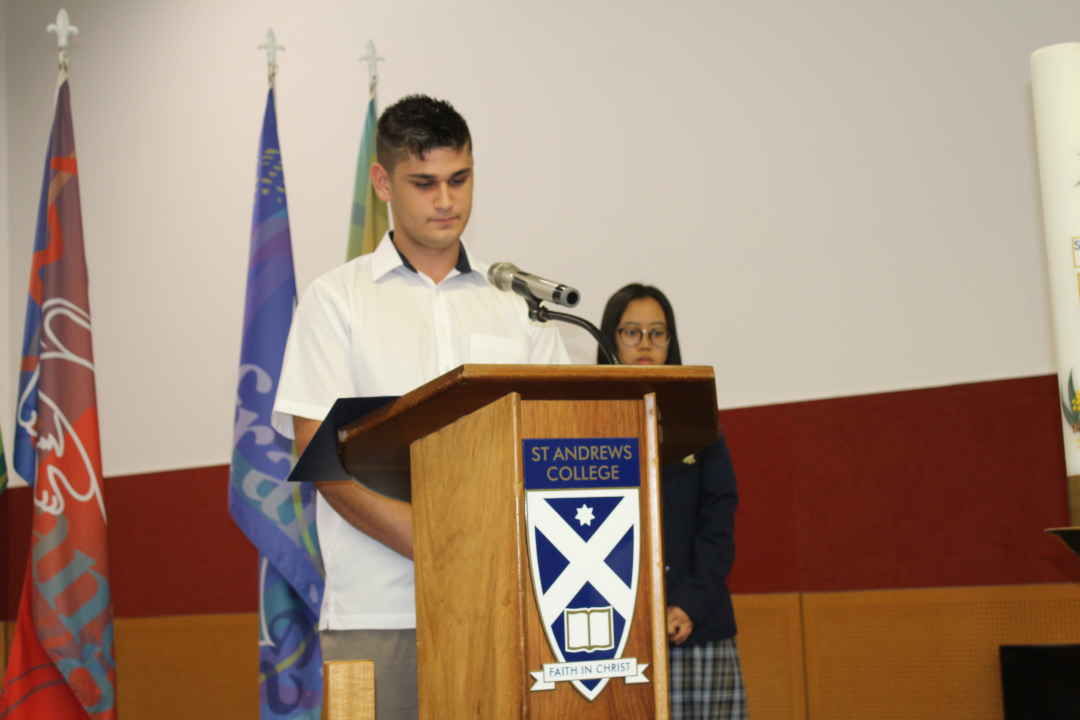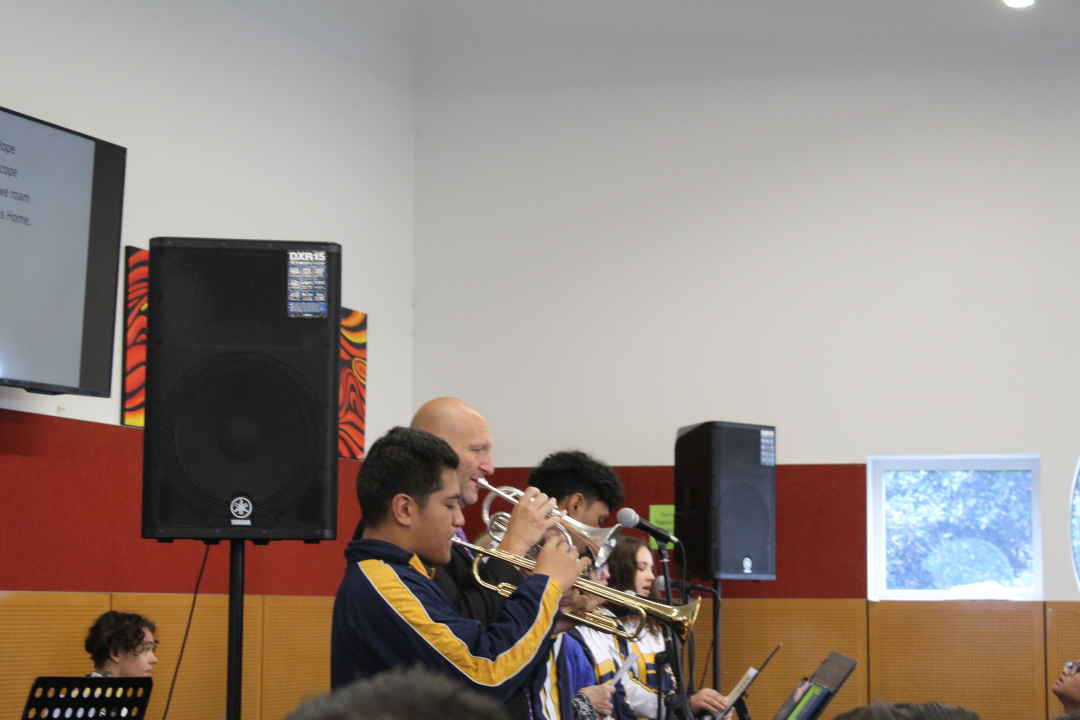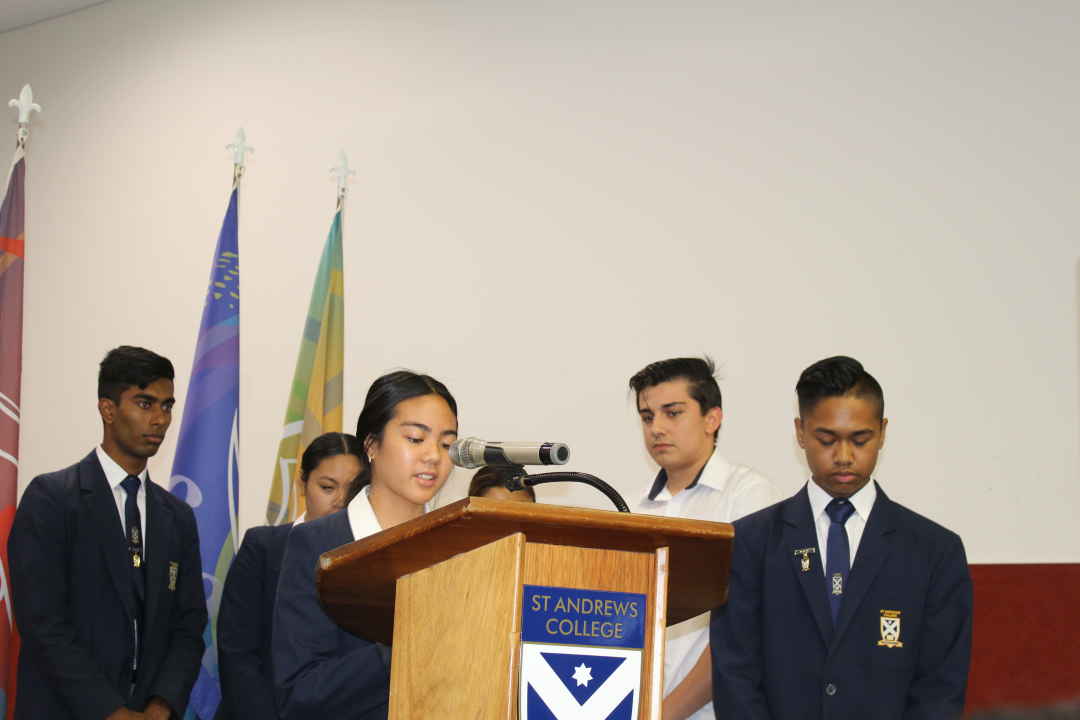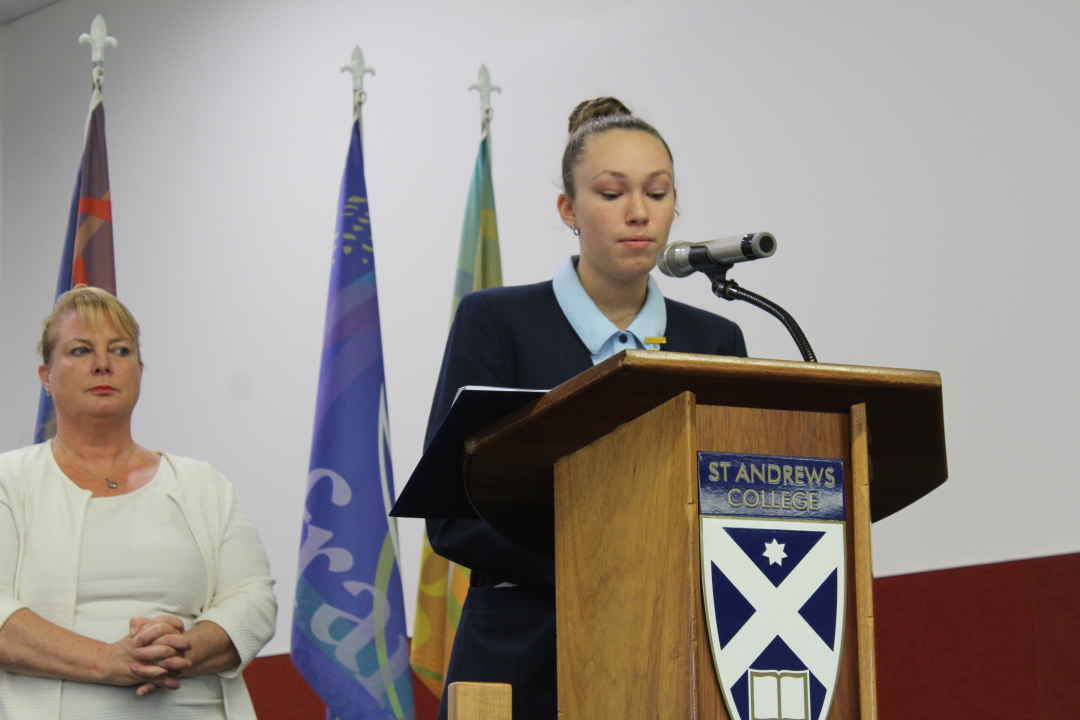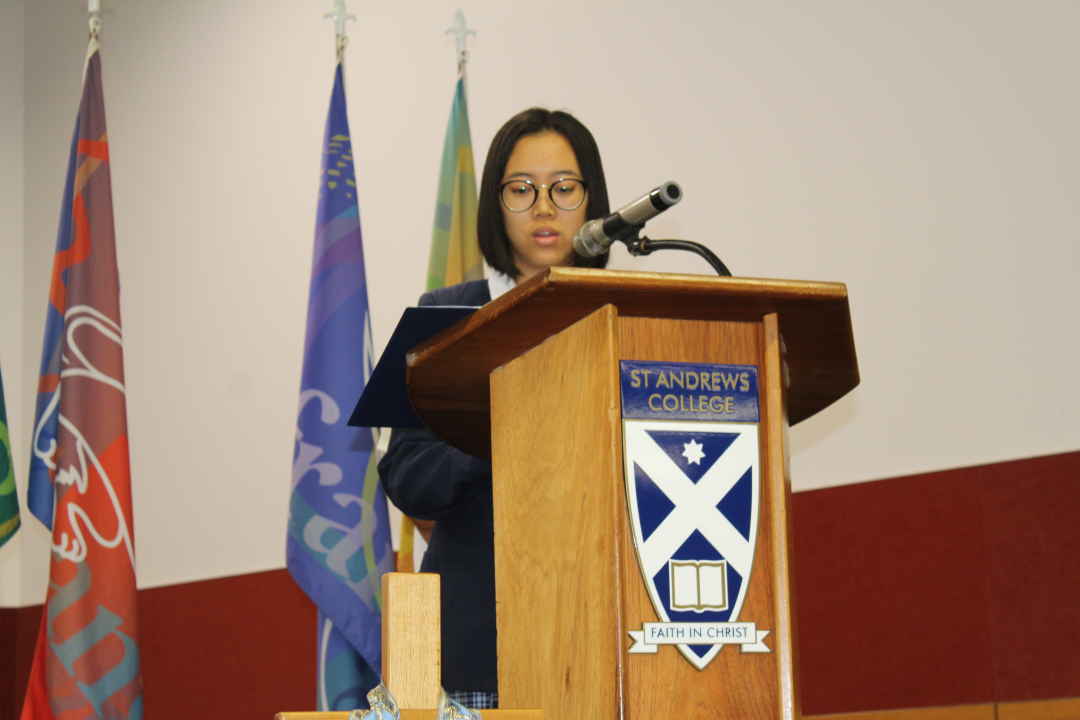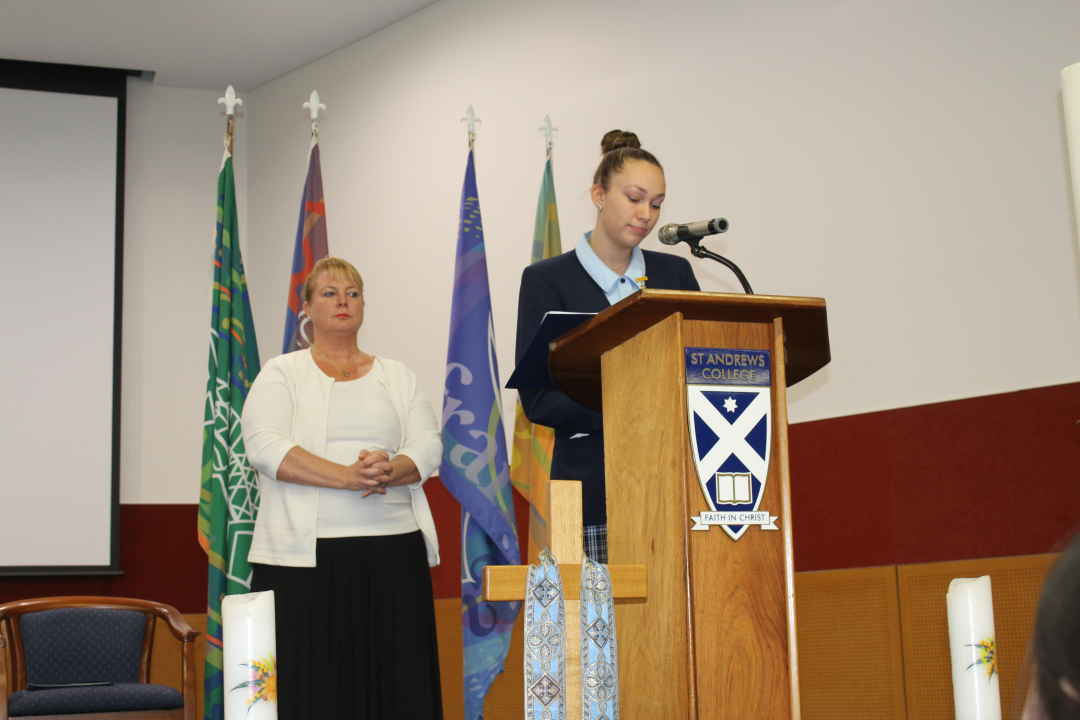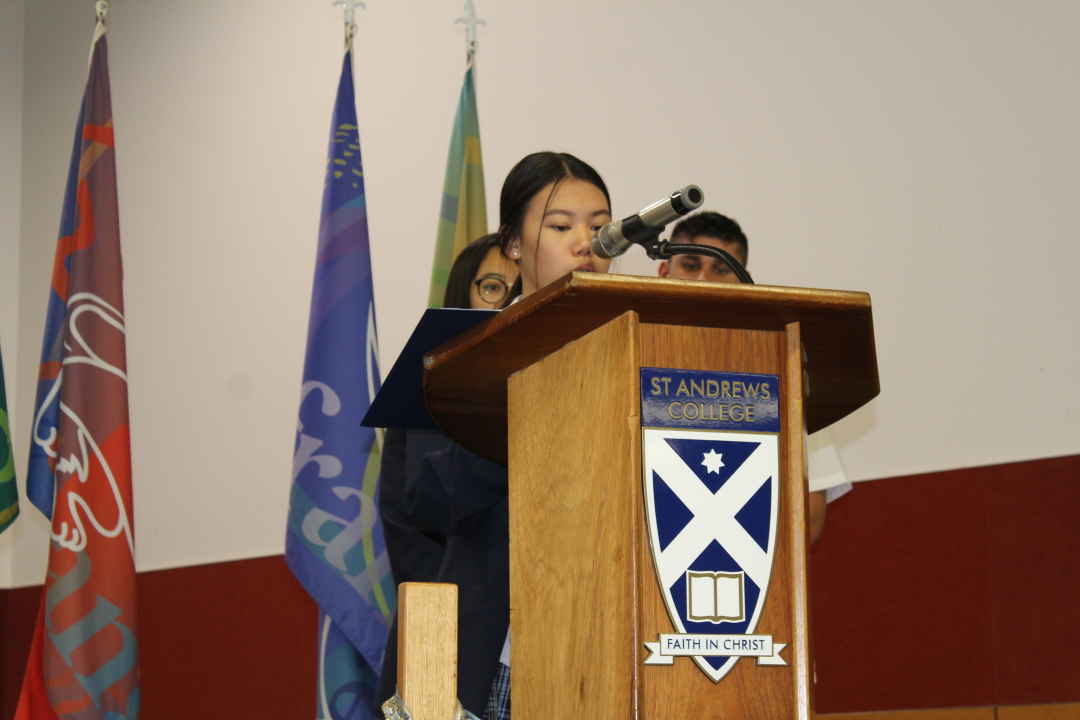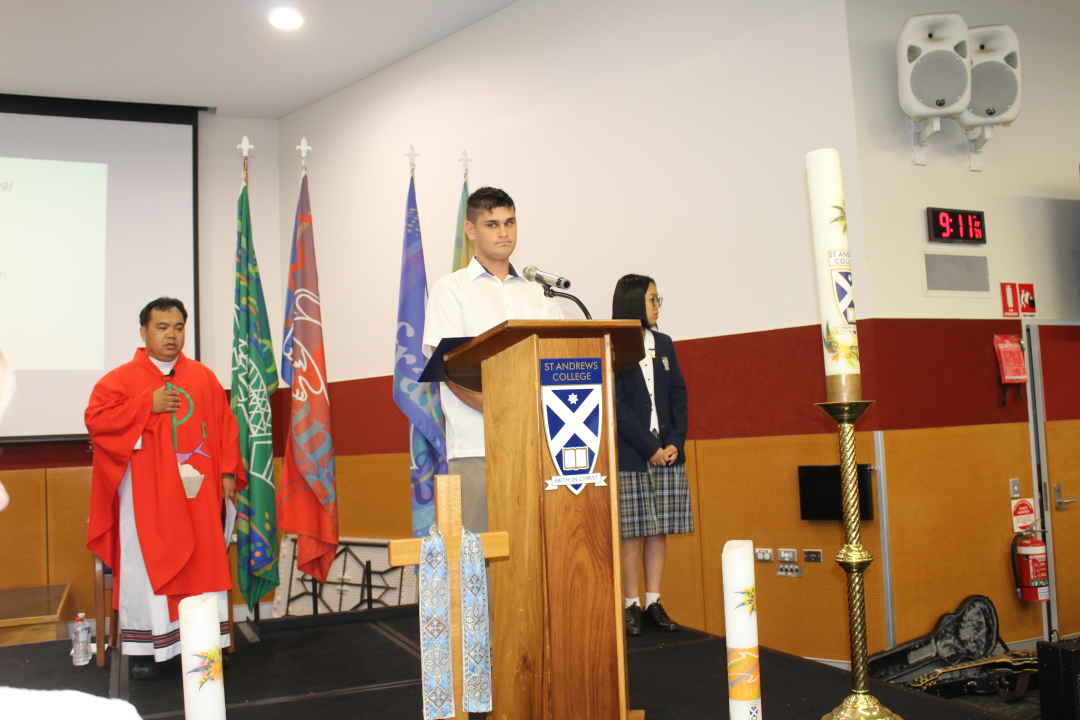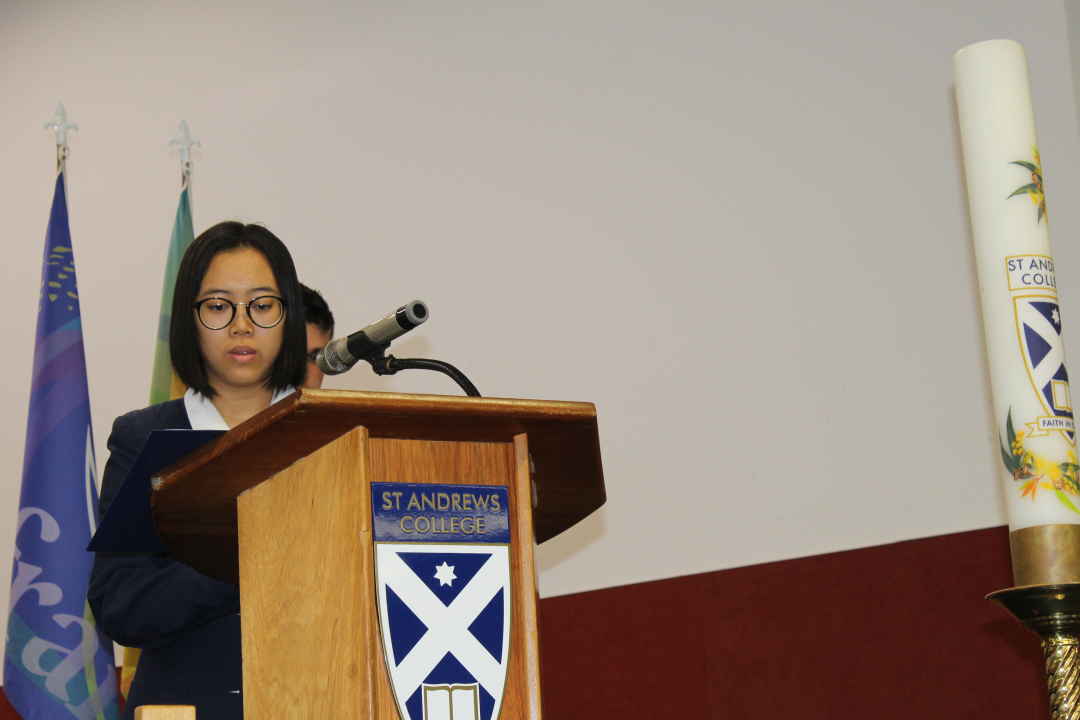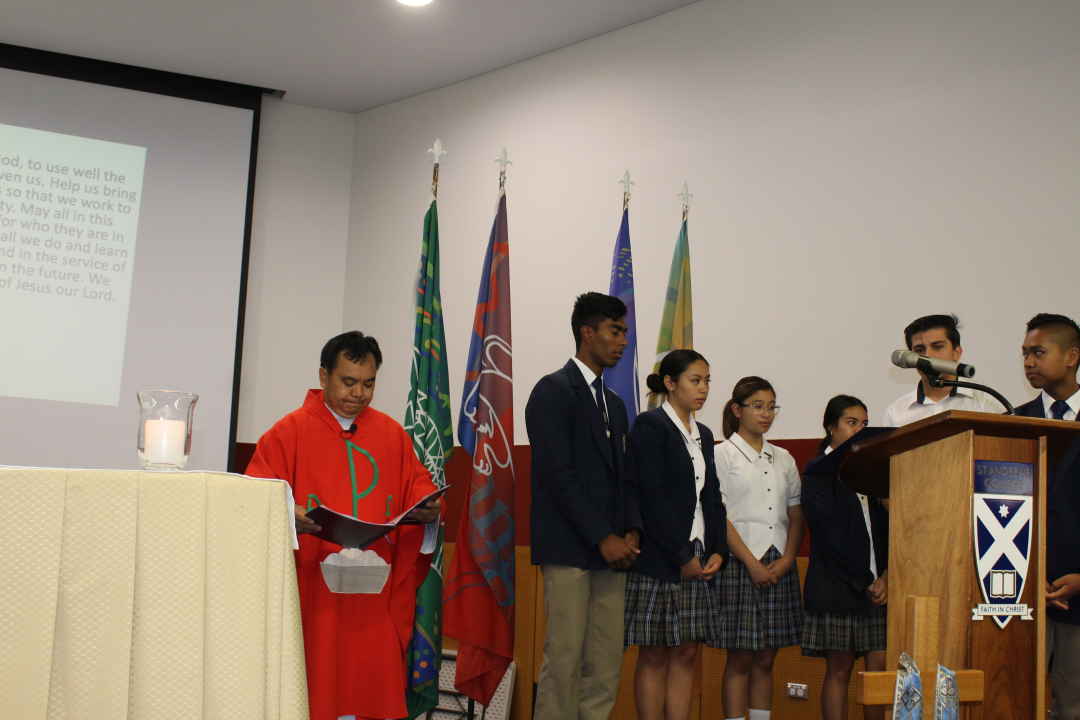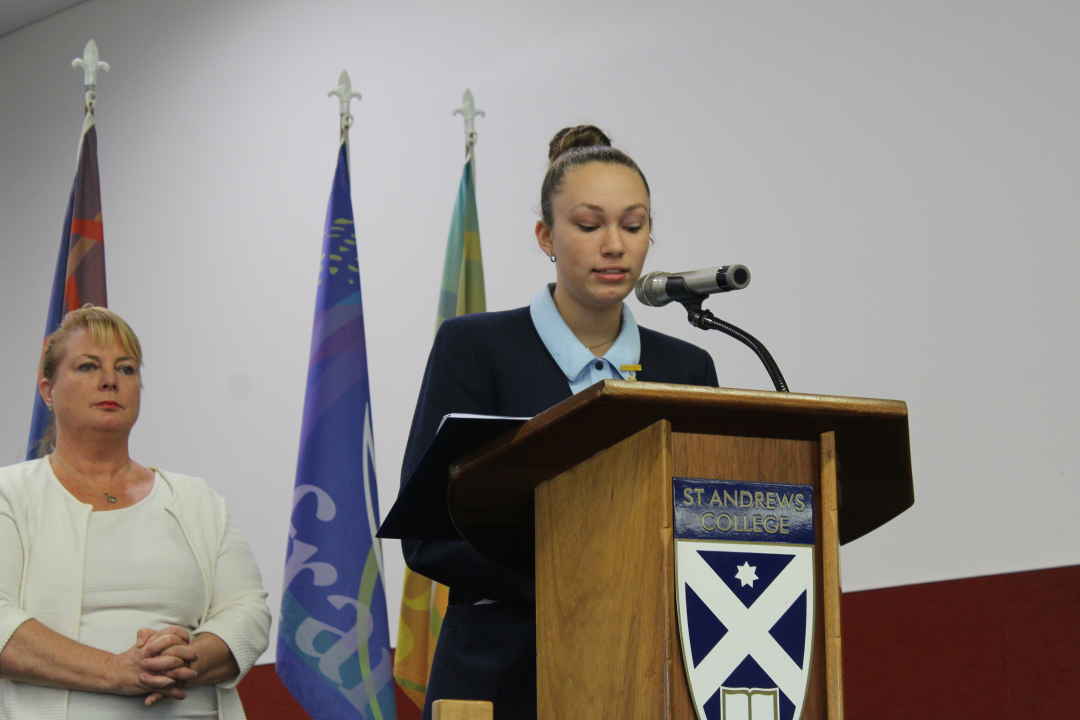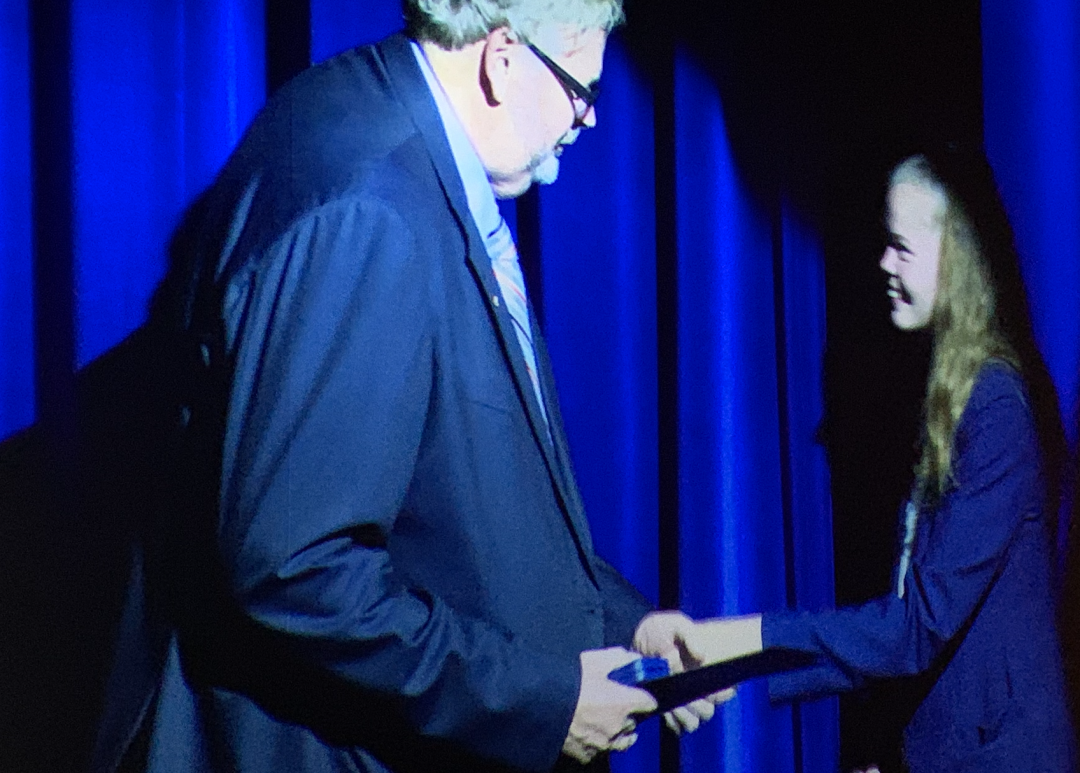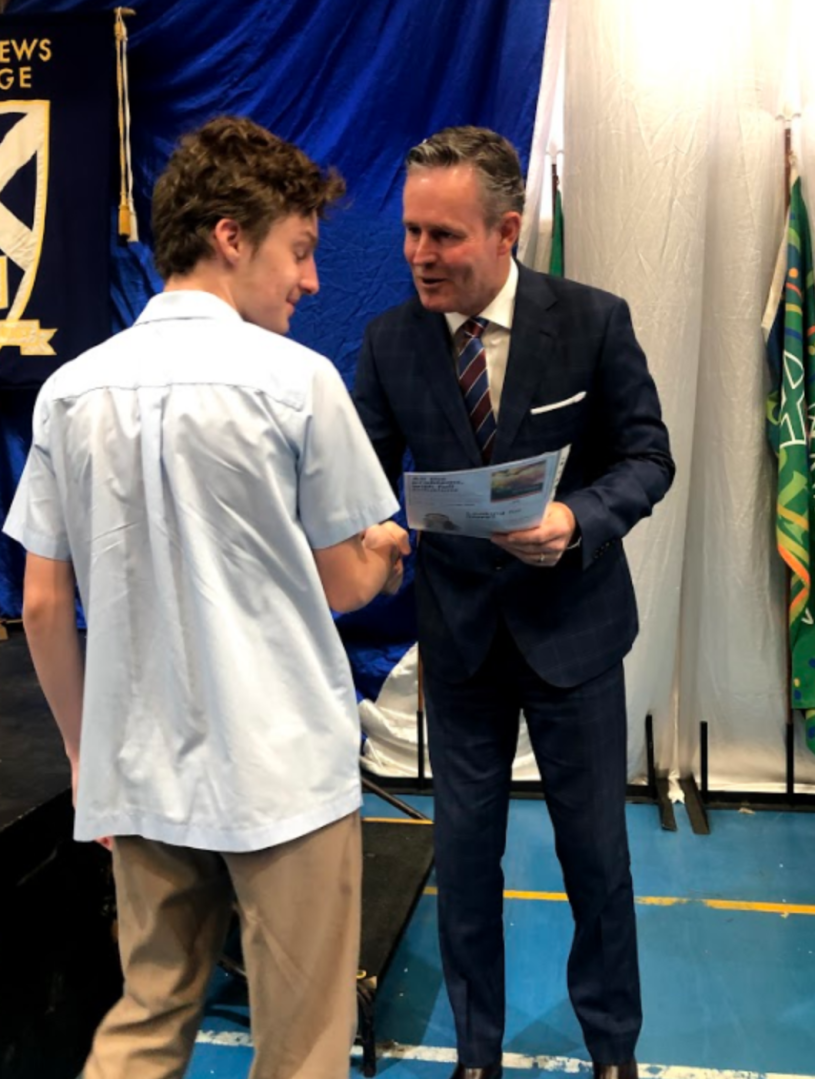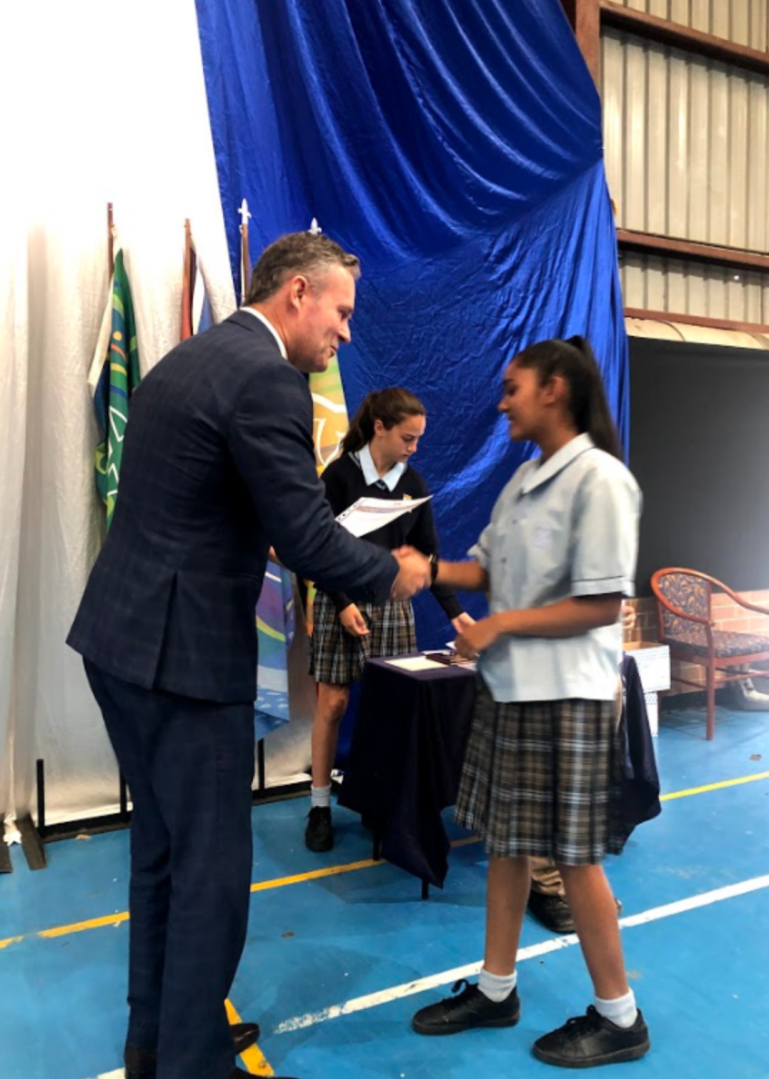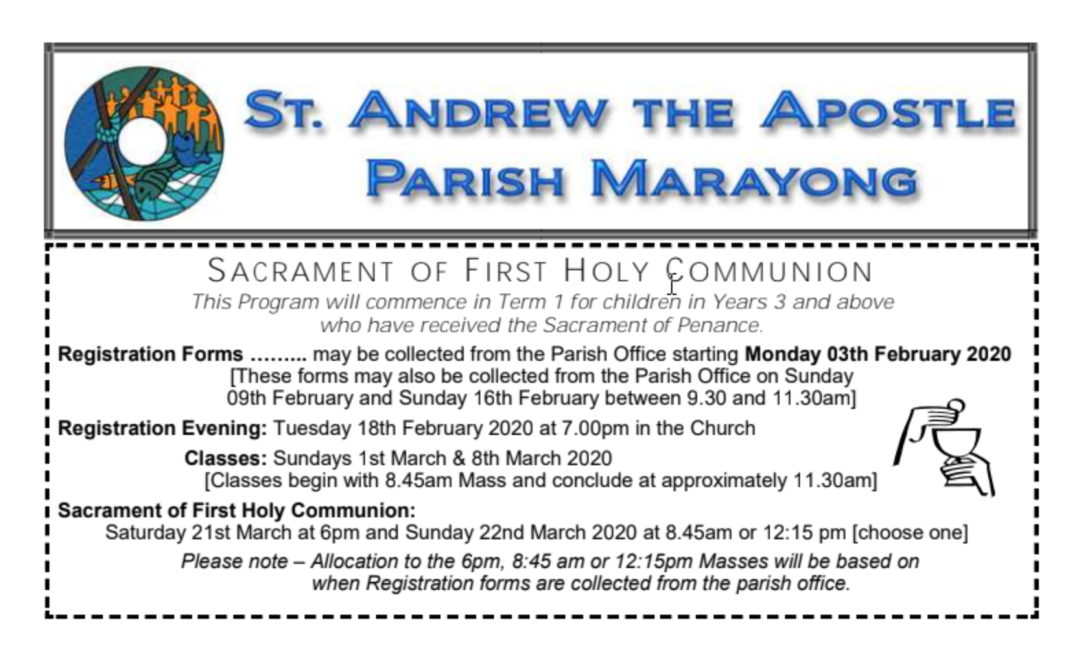1.1. What has the NSW Government announced?
The NSW Government has announced that from 2020, all Year 12 students must reach a minimum standard of functional literacy and numeracy to receive the HSC.
1.2. Why did the NSW Government announce this?
Literacy and numeracy skills are the foundation for success in learning and in life. Through the State Literacy and Numeracy Action Plan 2012–2016 the NSW Government has had a strong focus on supporting students in Kindergarten to Year 2 whose literacy and numeracy development is at risk. The NSW Government will continue to support intervention in the early years of schooling, but has now extended this strong focus on literacy and numeracy to secondary school students. The new Literacy and Numeracy Strategy 2017–2020 requires cooperation between and action from the three school education sectors, the NSW Education Standards Authority (NESA), schools, teachers, students and parents to ensure every student has the essential literacy and numeracy skills they need for work and life.
1.3. Why is this particular reform being implemented?
The introduction of a minimum standard signals high expectations for the achievement of all NSW students and serves to maintain the integrity and value of the HSC for students, employers and tertiary and vocational education providers.
Additionally, the HSC does not directly measure students’ literacy and numeracy skills. A new minimum standard for award of the HSC will provide students, parents, communities, tertiary and vocational education providers, business and employers with an assurance that students have the literacy and numeracy skills required for life beyond school.
1.4. How will students benefit from the new minimum standard?
Literacy and numeracy are core skills in society, providing access to work and further education or training after school as well as in life. Standards set for the HSC influence teaching and learning priorities in the earlier years of school. Every student will benefit from a greater focus on the mastery of knowledge and skills as they move through school. The HSC is not the end of learning for students, but preparation for the next stage of a student’s life. Students at risk of not meeting the standard will be identified and supported to reach the standard. This strengthened focus on literacy and numeracy will also be of great benefit to the 20,000 students each year who leave school without an HSC.
1.5. What is the new minimum standard?
It is a nationally agreed standard of functional literacy and numeracy, mapped to the Australian Core Skills Framework (ACSF) Level 3. The ACSF has been endorsed by federal and state government ministers. It describes the core literacy and numeracy skills required for personal, community, work and training contexts.
1.7. What are the expectations of students at Australian Core Skills Framework (ACSF) Level 3?
ACSF Level 3 describes the everyday literacy and numeracy skills required for life after school, for work and further education.
The minimum standard is set at a level of literacy and numeracy needed for everyday tasks such as:
• following operating instructions in equipment manuals
• interpreting routine tables, graphs and charts
• writing a job application, and
• preparing an invoice.
1.8 If a student does not meet the standard prior to the end of Year 12 can they still sit for the HSC examinations?
Yes. Students will not be excluded from sitting for their HSC exams if they have not met the standard. Students who sit for the HSC exams without meeting the standard will have their results recorded on the Record of School Achievement (RoSA).
1.9 Will students still receive a credential if they don’t meet the minimum standard?
Yes. Year 12 students who do not meet the minimum standard for award of the HSC will receive the Record of School Achievement (RoSA). The RoSA records completed Stage 5 (Year 9-10) and Stage 6 (Years 11-12) courses, results and grades, and participation in any uncompleted Stage 6 courses. Current students who leave school before the HSC already have the option of sitting an online literacy and numeracy test and recording the result on their RoSA.
